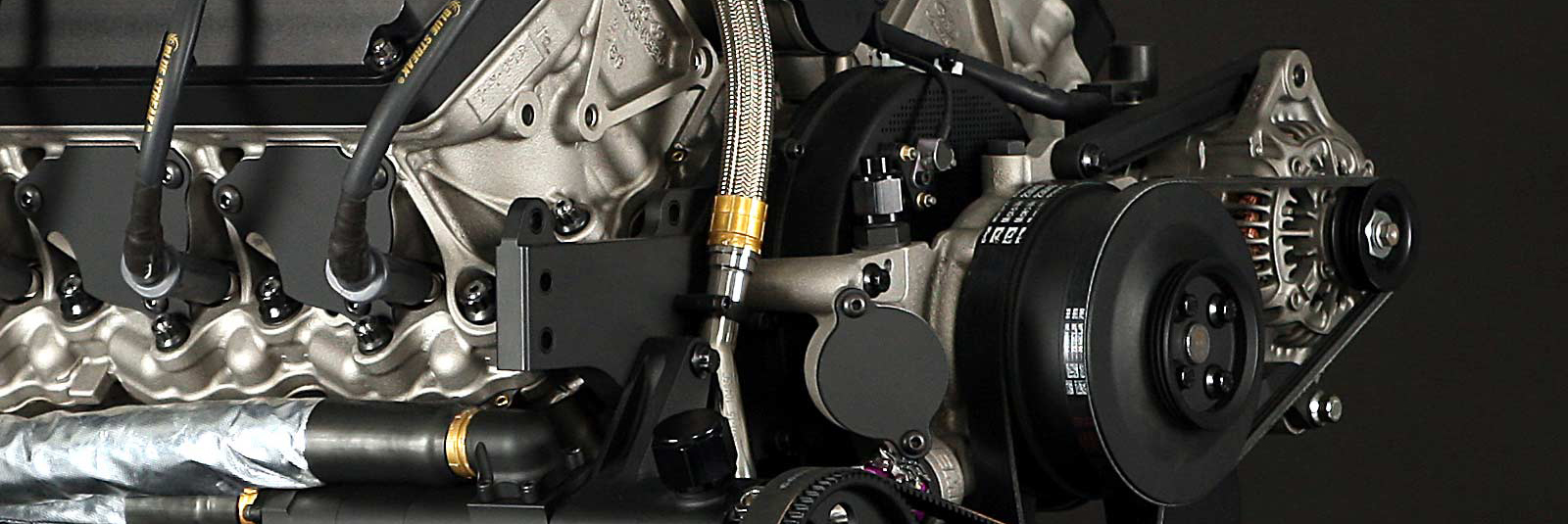
In the daily driving of the vehicle, a certain amount of clean, well-atomized fuel is supplied to the engine according to the needs of the operating conditions. The fuel system also needs to store a considerable amount of fuel to ensure that the car has sufficient driving distance. How is the gasoline in the tank sent into the engine for combustion? Let's take a look.
2. ECU (Era of automotive electronics)
3. Key points of ECU modification
5. Stratified charge combustion
6. Overview of ignition system
As gasoline is pumped through the fueling port and the pipe, it ends up being stored in the fuel tank. The fuel tank is an important part of the gas supply system. The earliest cars used a large iron box to hold gasoline.
With the development of modern cars, in order to provide the strength and impact resistance of fuel tanks, many synthetic resin materials are applied to tank manufacturing.
In addition, the shape of the fuel tank is also cleverly made into various shapes according to the space under the car. But its biggest role will never change, which is to store gasoline, to prevent it from leaking and evaporating.
If we compare the fuel tank to a reservoir, there is always a "water monster" slumbering in that reservoir: the gasoline pump. On older carburetor-engined vehicles, the gasoline pump might be set in the front of the engine on the fuel line.
With the advent of the EFI era, more and more vehicles are flooding their gasoline pumps with gasoline in the tank. This little gasoline pump, like our typical water pump, is driven by electricity.
It has to work hard to provide the engine with about 150 to 300L of gasoline per hour. This is equivalent to the amount of water you flush out by pressing that water-saving toilet in the bathroom 30 to 50 times.

The first "obstacle" encountered by the gasoline pump is the filter, where the tiny impurities in the gasoline are filtered out by the microporous filter element, making the gasoline looks as clear as pure water, and then it is carried forward.
The next thing that greets the gasoline is a thick pipe, which we generally call the fuel rail. At one terminal, there is a fuel pressure regulator that controls the pressure in the pipe.
Most importantly, the injector, which is responsible for monitoring the fuel into the intake manifold, is also located here. No matter what the number of cylinders is, each injector serves one cylinder.
For more information on engine parts and working principle, come to visit Delcoribo Blog soon. Alternatively, you can contact us if you are interested in our products.
2. ECU (Era of automotive electronics)
Nowadays, the ECU has integrated the electronic system management of the whole vehicle.
Gasoline waits quietly with pressure in the injector nozzles. The timing of when they are injected is determined by coils inside the injector nozzles. Those components are connected to the ECU.
When the piston in the cylinder has finished its compression stroke, the engine management system sends a signal to energize the coils in the injectors.
At this point, the needle valve at the front end is opened. The gasoline gushes out and enters the intake pipe to mix with the air. The air-fuel mixture enters the cylinder through the valve to complete its "glorious mission" of combustion.
As the flow rate of the injector nozzle in a unit of time is certain, the amount of fuel injection is determined by the length of time the needle valve opens, which is all needed to integrate the engine intake, temperature, speed, and other available indicators. Those factors are all controlled by the ECU (engine control unit).

3. Key points of ECU modification
After the engine hardware is refitted, we should give full play to the performance of these modified parts. Some tuning of the engine ECU is required. The most important thing of these tasks is the adjustment of the fuel system and ignition system.
As the intake volume increases, it is necessary to re-write the injection time and point maps of ignition time into the ECU in order to maintain a more desirable air-fuel ratio.
The amount of air intake determines the point map to the engine at each throttling threshold (that is, how deep the throttle is depressed) and the required ignition timing.
Experienced mechanics will make targeted adjustments to the factory ignition diagram based on the characteristics of the vehicle's hardware modifications.
The injection nozzle and spark plug work together. The fuel injection and the ignition are split-second actions in the cylinder.
Modern fuel systems have gone through the era of mechanical injection, single-point electronic injection, multi-point electronic injection. The last one is popular now. Each improvement allows more precise control of the fuel injection amount and a fuller atomized gas and air mixture.
Whenever the work stroke is done, high-pressure gasoline is injected directly into the cylinder to participate in the combustion. Such an engine is called a direct injection gasoline engine.
The most typical representative examples are the Mitsubishi GDI engine, Toyota D-4 engine, and the star of the moment - Volkswagen FSI series engine.
5. Stratified charge combustion
With the direct injection technology in front, engineers continued to work tirelessly on the fuel economy. They found that a very lean air-fuel ratio (30 to 40) at low engine speeds could be used to keep the engine running correctly. Thus fuel stratified injection technology was born.

Fuel stratified injection adds small valves to the intake valve tract, draws in air at low speed to create turbulence. Then it adjusts the injection timing so that gasoline is injected at the end of the compression stroke.
The turbulent mixture is concentrated near the spark plug, emitting electric sparks that ignite this partially denser mixture. In this way, the engine is kept running with a smaller amount of gasoline injection.
When the engine speed gradually increases, the intake volume becomes larger. The valve in the intake tract is fully opened. The injection timing changes back to the end of the compression stroke. At the same time, the engine runs in the ordinary homogeneous combustion mode again.
This technology improves the fuel economy of the engine. However, when the fuel contains high levels of sulfur, more sulfur dioxide will be formed in the exhaust, which requires unique technology to deal with.
6. Overview of ignition system
The gasoline engine has another name for the "ignition internal combustion engine", which shows the importance of the ignition system. The most typical ignition system is composed of battery, ignition switch, ignition coil, distributor, ignition cable and spark plug.
The battery provides the voltage needed for the ignition coil to work. The component uses two sets of internal coils with different numbers of turns to generate 20000 volts of high voltage by turning on the current in one of the coils. It uses the principle of electromagnetic induction.
Such high voltage is then distributed through the distributor to the cylinder to be ignited. Finally, the high voltage puncture the air at the center electrode of the live flower plug, creating an electric arc between the side electrodes. Those sparks ignite the mixture in the cylinder.
The distributor finishes the ignition energy distribution according to the mechanical rotation. In this process, some errors are likely to occur. Modern engines let each cylinder have a separate ignition coil. Engineers integrate them together and manage them by the ECU.
This component provides ignition voltage directly to the spark plug. In this way, the distributor and ignition cables gradually fade out of the ignition system.
Spark plugs are the components in the ignition system to undertake the actual ignition. They are arranged on the cylinder head, and their front ends extend into the combustion chamber.
The center electrode is metalcore, extends from the ignition cable terminal to the front of the center electrode. The high voltage from the cable connects to the center electrode.
The side electrode is welded on the lower edge of the threaded part. The ground of the cylinder head is connected together. There is a gap between the center electrode and the side electrode. The gap is called the spark plug gap. It is the position of the ignition mixture.
The spark plug's jump fire moment is called ignition timing. The larger the spark plug gap, the larger the spark that jumps out, the easier the mixture is to ignite. But too large a spark plug gap requires high discharge voltage.
The electrode consumption is too fast, and the power consumption is also large. So the spark plug must have a proper gap. The general spark plug gap is about 0.8mm.
The thermal value of the spark plug indicates the speed of its heat dissipation. The larger the value, the faster the heat dissipation (or the colder the spark plug). Different engines require the use of different spark plugs.
Generally speaking, engines with high compression ratios that are tuned for high RPM need to use spark plugs with a higher thermal value (faster heat dissipation). While the general low RPM, high torque engine can use low thermal value (slow heat dissipation) spark plugs.
 Lauritz Carolsfeld
Lauritz Carolsfeld  November 15, 2021
November 15, 2021

